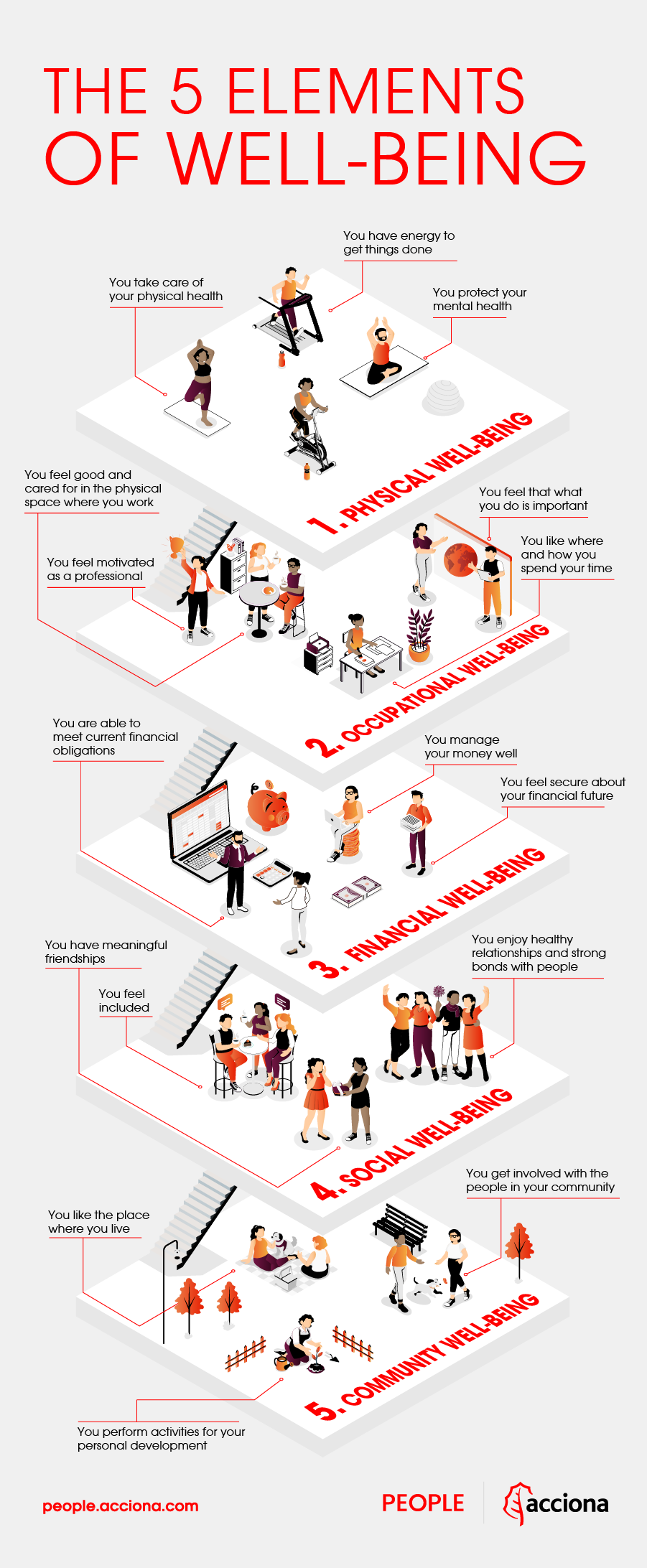But how can we achieve this?
The classic role of the boss, based on control and surveillance, as well as the classic model of vertical hierarchy, is destined to become extinct. At least in organisations seeking the best results, aiming for maximum efficiency and attracting talent.
The best managers now focus on training and developing employees. To do this, managers need to get to know their team members and have frequent one-to-one conversations with them. In this way, they’ll know what concerns or interests them, what are their needs and what the company can do to alleviate or reduce their problems.
Gallup shares some practices to achieve this:
* Define what well-being is for your company and the different strategies that help pursue it. Once developed, effectively communicate these ideas and promote them among your staff. It’s essential that you all share a common understanding of well-being, so that colleagues know what’s important to the company and can work in the same direction towards overall wellbeing.
* Lead by example. People often adopt wellness practices through social contagion, where peers learn from leaders and from each other.
* Don’t put up barriers between personal and professional life, at least in day-to-day conversations. A proven and effective way to show that you care about each other’s well-being is to show concern for each other’s personal lives. It increases trust levels and helps to get to know each other’s concerns and needs.
* Promote wellness programmes and evaluate their efficiency: what percentage of employees participate? who do not? why do they choose not to? how do these programmes impact on their personal or professional life?


